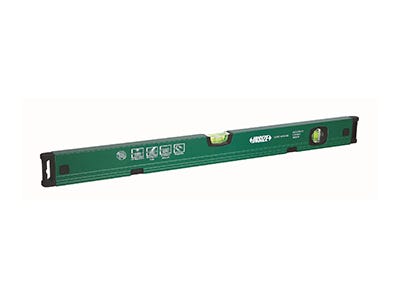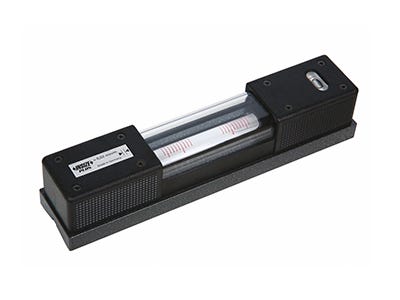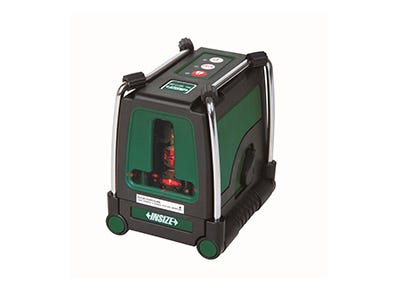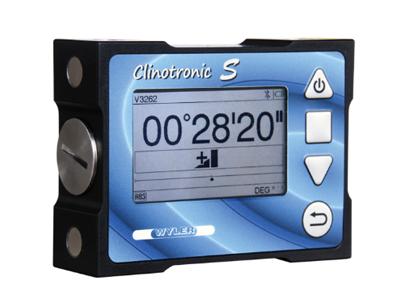Levels & Slope Meters
Spirit Levels, Digital Levels, Frame Levels and Block Levels from market lead
Levels & Slope Meters
What are precision levels and slope meters and what are they used for?
Levels are used to measure how ‘level’ a workpiece, component or stock is. They are involved in a variety of setting operations involving machine set-up and operation. The user would place the level flat on the surface they want to measure. Depending on the model, the user would either use a vial or a digital scale to determine the levelness of a surface. Digital readouts will always provide more accuracy than traditional vials due to the elimination of human error and the higher resolution a digital display provides.
Slope meters are placed on an angular incline and are used to determine the exact angle of a workpiece, component or stock. To operate, the user would first zero reference the slope meter on a flat surface (for instance on a granite surface plate) before moving the slope meter onto the angled plane. An accurate reading can then be taken by the slope meter of the angle. Slope meters are primarily digital due to the high accuracy needed in setting angular workpieces, with resolutions of just 0.05°.
What types of levels are available?
Levels can be supplied with either a digital scale or vials which will veer to one side should the surface not be level. Different models can measure either transverse (plane perpendicular to the level’s position) or longitudinal (parallel to the level’s position) levelness (or both). Several ranges of level are supplied with IP protection, making them more durable against machine shop wear.
Different styles of level are available to perform slightly different applications. The most common type of level is a spirit level, which is commonly used in DIY to ensure objects like shelves, picture frames and flooring is level before construction. Block levels are used more in industrial use to level machinery or equipment, and are far more accurate than spirit levels. Block levels can be used, for instance, to ensure machinery is on a perfectly flat floor (or if adjustment is needed) before performing inspection activities. Some block levels feature v-grooves on the underside of their body for measuring round component such as shafts.
Frame levels are also available for levelling assemblies. The frame (or outside) of the level is perfectly square and can therefore indicate the squareness of certain components. Frame levels are ideal for welding and fabrication applications.
Don't have an account?
Creating an account has many benefits: check out faster, keep more than one address, track orders and more.
Or
Checkout as a Guest
Place your order without creating an account for extra convenience.






